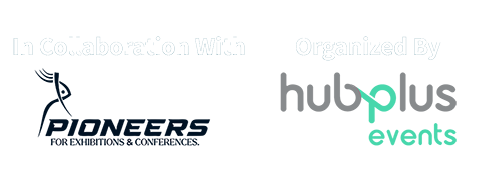Enhancing Public Awareness and Engagement in Medical Device Regulation in Africa
In the rapidly evolving field of medical device regulation, public awareness and engagement play a crucial role in ensuring the safety and efficacy of medical technologies. In Africa, where healthcare systems face unique challenges, increasing public understanding and involvement in regulatory processes is essential. This blog explores the importance of public awareness and engagement in medical device regulation and the steps being taken to enhance these efforts across the continent.
Public awareness is fundamental to the effective regulation of medical devices. It ensures that healthcare professionals, patients, and the general public are informed about the standards and practices that govern the safety and efficacy of medical devices. This knowledge helps in:
- Improving Compliance: When stakeholders understand regulatory requirements, they are more likely to comply with them, leading to safer and more effective medical devices.
- Enhancing Trust: Transparency in regulatory processes builds trust among patients and healthcare providers, ensuring confidence in the medical devices they use.
- Promoting Safety: Educated stakeholders are better equipped to identify and report adverse events, contributing to improved post-market surveillance and patient safety.
Several initiatives are underway to boost public awareness and engagement in medical device regulation in Africa:
- Educational Campaigns: Regulatory bodies and healthcare organizations are launching educational campaigns to inform the public about the importance of medical device regulation. These campaigns use various media, including social media, traditional media, and community outreach programs, to reach a broad audience.
- Training Programs: Training programs for healthcare professionals are being implemented to ensure they are well-versed in regulatory requirements and can educate their patients accordingly. These programs cover topics such as device classification, regulatory submissions, and post-market surveillance.
- Stakeholder Involvement: Engaging stakeholders, including patients, healthcare providers, and industry representatives, in the regulatory process is crucial. Public consultations, workshops, and forums provide platforms for stakeholders to contribute to the development of regulatory policies and guidelines.
- Transparency Initiatives: Making regulatory processes and decisions transparent helps demystify the regulatory landscape. Publishing guidelines, decision rationales, and safety notices online ensures that stakeholders have access to important information.
- Feedback Mechanisms: Establishing robust feedback mechanisms allows the public to voice their concerns and experiences with medical devices. This feedback is invaluable for regulatory bodies to monitor the performance of medical devices and address any issues promptly.
Multiple African countries are making significant strides in enhancing public awareness and engagement in medical device regulation:
– South Africa: The South African Health Products Regulatory Authority (SAHPRA) has launched various public education initiatives, including webinars and informational brochures, to educate stakeholders about medical device regulations.
– Kenya: The Pharmacy and Poisons Board (PPB) in Kenya actively engages with healthcare professionals and the public through training sessions and community outreach programs to raise awareness about the regulatory framework for medical devices.
– Nigeria: The National Agency for Food and Drug Administration and Control (NAFDAC) has implemented public consultations and forums to involve stakeholders in the regulatory process and gather valuable feedback.
In conclusion, increasing public awareness and engagement in medical device regulation is essential for ensuring the safety and effectiveness of medical technologies in Africa. Through educational campaigns, training programs, stakeholder involvement, transparency initiatives, and feedback mechanisms, regulatory bodies are making significant progress in this area. As these efforts continue to grow, they will contribute to a more informed and engaged public, ultimately leading to better health outcomes and improved patient safety.
By fostering a culture of awareness and engagement, Africa can strengthen its medical device regulatory framework and ensure that all stakeholders are equipped with the knowledge and tools to navigate this complex landscape. The ongoing initiatives highlight the continent’s commitment to enhancing public understanding and participation in the regulatory process, paving the way for a safer and more effective healthcare environment.






Leave a Reply
Want to join the discussion?Feel free to contribute!